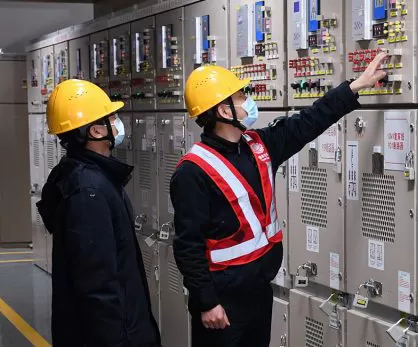Case Studies in Power Distribution: The Critical Role of High Voltage Drop Out Fuses
Real-world applications underscore the critical role of HV drop out fuses in power distribution networks. Through a series of case studies, the efficacy of these fuses in safeguarding against overcurrent conditions, faults, and transient disturbances becomes evident.
Case Study 1: Substation Protection
In bustling urban areas, large substations are the nerve centers that distribute electricity to residential and commercial areas. High voltage drop fuses are strategically placed at key points within the substation to protect the substation and its equipment from overloads and short circuits while maintaining reliability and minimizing disruptions. When a fault occurs, the fuse quickly interrupts the current flow, isolating the affected part and preventing cascading failure. Through proactive monitoring and maintenance, operators can ensure the continued effectiveness of drop-out fuses, thereby safeguarding the stability and resiliency of the entire distribution network.
Case Study 2: Rural Grid Protection
In remote areas, where power grids extend far and wide, rugged and intelligently monitored high-voltage drop fuses can protect the power grid from lightning strikes, tree branches and wild animals, serving remote homes, agricultural operations and small businesses.
When a fault occurs, fuses isolate the affected section so work can be resumed quickly, minimizing downtime and inconvenience to residents. Through regular inspections and proactive maintenance, the reliability and integrity of drop-out fuses are ensured, allowing rural areas to have reliable access to electricity.
Case Study 3: Industrial Facility Reliability
In vast industrial parks, various manufacturing processes depend on a stable supply of electricity.
High voltage drop fuses provide strong protection against overcurrent conditions and faults. When an abnormality is detected, fuses quickly isolate the fault, preventing damage to sensitive equipment and minimizing disruption to production schedules.
By regularly ensuring the reliability and effectiveness of drop-out fuses, the economic viability of industrial operations is safeguarded.
In each of these case studies, high voltage drop out fuses emerge as indispensable assets in power distribution systems, playing a critical role in safeguarding infrastructure, ensuring reliability, and minimizing downtime.



